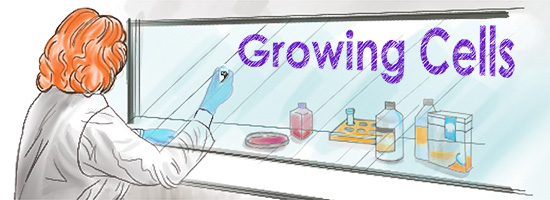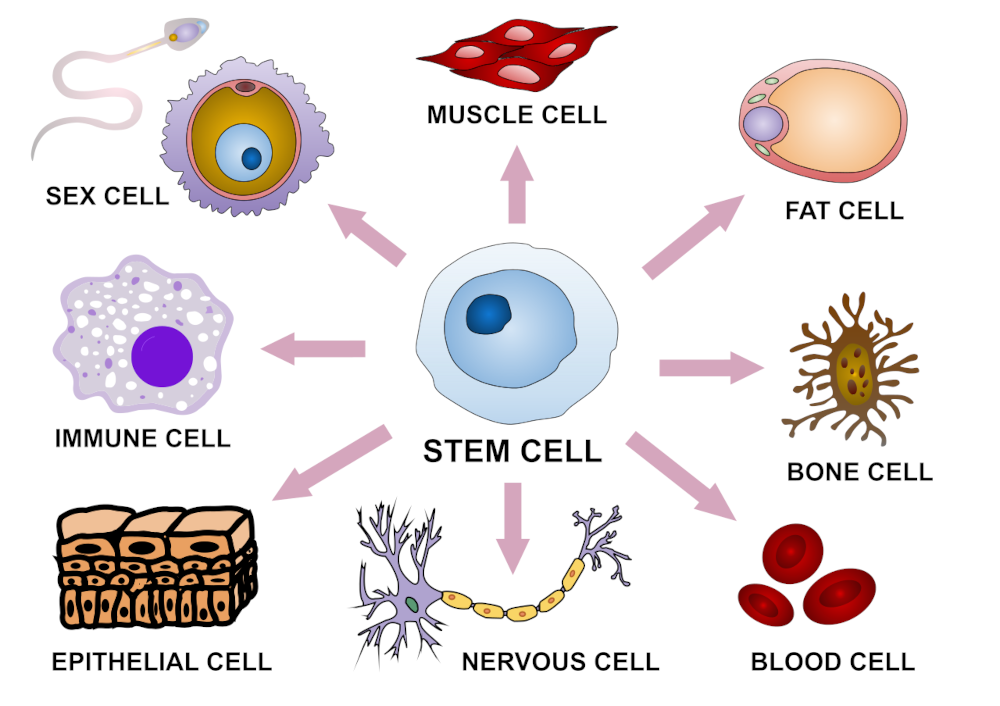Tissue engineering
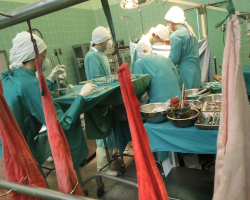
On a cold day in December of 1954, Dr. Joseph Murray and his colleagues were in surgery. They were trying to transplant a kidney between siblings, from one twin into another. The doctors knew their efforts could be fruitless, as these transplants had all failed in the past, whether in surgery or months after. But on that special day, they succeeded. Both patients lived for years after the surgery, and organ transplantation became a real treatment that could work. Transplantation became more common after this, but the field eventually faced a big hurdle. Usable organs were hard to get. The limited supply of organs from donors could not satisfy the growing organ requirements.
The lack of organs and the rise of modern tissue culture techniques gave birth to a very important field in medicine. This field came to be called tissue engineering. Tissue engineering aims to make tissues artificially in the lab. This is done by growing cells within 3D biomaterials, called scaffolds. These tissues can now be used to replace or regenerate certain tissues damaged by injury, disease or aging.
How are tissues engineered?
A tissue can be engineered by growing specific types of cells in scaffolds. Let us take a look at the two components of tissue engineering: stem cells and scaffolds.
Stem cells
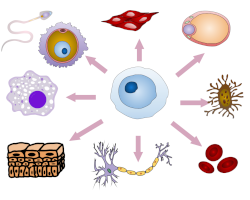
One of the most widely used types of cells in tissue engineering are stem cells. Stem cells are unique, unspecialized cells. They have the ability to specialize and grow into a broad range of cell types. This means they can be used to create different types of tissues. Some of the different types of stem cells used in tissue engineering are:
- Embryonic stem cells (ESCs): ESCs are found in embryonic tissues. They are pluripotent in nature, meaning they can give rise to any type of cell in an adult body. A very good source of ESCs is the umbilical cord. These cells, when grown in the right conditions, can be made to specialize into any required cell type.
- Mesenchymal stem cells (MSCs): MSCs are a type of adult stem cells that are found in different organs of our adult bodies. These help in replacing the dead and damaged cells of the tissue they reside in. Unlike ESCs, MSCs can give rise to only a limited number of cell types. The bone marrow and the umbilical cord are good sources of MSCs. When grown in the right conditions they can be used to make different types of tissues. Some examples include tissues of the bone, cartilage, spinal cord, and liver.
Scaffolds
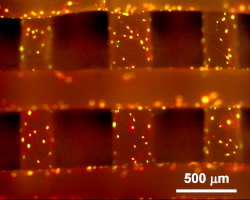
Cells can be grown within 3D biomaterials called scaffolds to make tissues. Some of these tissues can even be transplanted into patients. The cells in our bodies are surrounded by complex proteins and sugars, called the extracellular matrix (ECM). The ECM provides structural support to the cells. A good scaffold should hence mimic the natural ECM and have the following properties:
- It should allow cells to attach and grow.
- It should be porous allowing the growth of blood vessels, and the transport of nutrients and gases.
- Its stiffness should match that of the patient's tissue.
- It should not have toxic effects on the patient's tissue.
Scaffolds can be of different types:
- Pre-made porous scaffolds: These scaffolds are made out of natural or lab-made materials. Examples are collagen and bioglass.
- Decellularized ECM: Cells can be extracted from tissues to obtain an ECM without any cells. This is called a decellularized ECM. The DECM can then act as a scaffold within which the required cells can be grown.
- Cell sheets: Sheets of cells grown in 2D can be compiled into multiple layers to create a 3D matrix. This is being tested to engineer the cornea (in the eye) and the myocardium (heart muscle).
- Hydrogels: These are made from a 3D network of water-loving polymers. An example is polyethylene-glycol (PEG).
Tissue engineering has come a long way
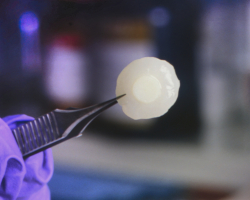
We have come a long way in tissue engineering, from the first tissue-engineered product which appeared way back in 1979. The product was called Epicel. Cells from a skin biopsy were isolated and grown in the lab to create cell sheets which were then used to treat burn patients.
Since then several tissues and organs have been made and implanted in patients. This includes blood vessels, heart valves, food pipes, windpipes, vaginas, and many more. Even an entire tissue-engineered organ - the bladder, has been implanted into a patient.
The field of tissue engineering now sees a rising number of research publications. Scientists are studying how to better treat or fix injuries such as those that happen in the bone or other connective tissues. They are also trying to treat liver damage, hearing loss, type 2 diabetes, corneal damage, and cardiac diseases. The possibilities indeed seem to be limitless. We may not be too far away from complex organs like the heart and liver being fully engineered in labs.
Additional Images from Wikimedia Commons. Side image of kidney cells by the US NIH.
Read more about: Growing Cells
Bibliographic details:
- Article: Tissue Engineering
- Author(s): Dr. Biology
- Publisher: Arizona State University School of Life Sciences Ask A Biologist
- Site name: ASU - Ask A Biologist
- Date published: 10 Aug, 2022
- Date accessed: 22 January, 2025
- Link: https://askabiologist.asu.edu/tissue-engineering
APA Style
Dr. Biology. (Wed, 08/10/2022 - 21:20). Tissue Engineering. ASU - Ask A Biologist. Retrieved from https://askabiologist.asu.edu/tissue-engineering
Chicago Manual of Style
Dr. Biology. "Tissue Engineering". ASU - Ask A Biologist. 10 Aug 2022. https://askabiologist.asu.edu/tissue-engineering
MLA 2017 Style
Dr. Biology. "Tissue Engineering". ASU - Ask A Biologist. 10 Aug 2022. ASU - Ask A Biologist, Web. https://askabiologist.asu.edu/tissue-engineering

These specks of color are different kidney cells seen from a microscope. The cells were grown in a lab using human stem cells.
Be Part of
Ask A Biologist
By volunteering, or simply sending us feedback on the site. Scientists, teachers, writers, illustrators, and translators are all important to the program. If you are interested in helping with the website we have a Volunteers page to get the process started.



